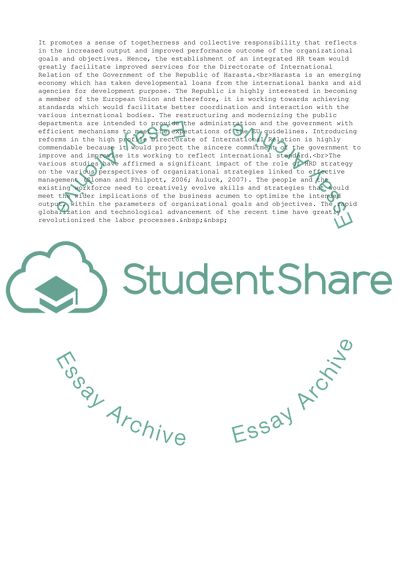Cite this document
(Managing Change and Leadership Assignment for MBA Programme, n.d.)
Managing Change and Leadership Assignment for MBA Programme. Retrieved from https://studentshare.org/management/1723380-managing-change-and-leadership-assignment-for-mba-programme
Managing Change and Leadership Assignment for MBA Programme. Retrieved from https://studentshare.org/management/1723380-managing-change-and-leadership-assignment-for-mba-programme
(Managing Change and Leadership Assignment for MBA Programme)
Managing Change and Leadership Assignment for MBA Programme. https://studentshare.org/management/1723380-managing-change-and-leadership-assignment-for-mba-programme.
Managing Change and Leadership Assignment for MBA Programme. https://studentshare.org/management/1723380-managing-change-and-leadership-assignment-for-mba-programme.
“Managing Change and Leadership Assignment for MBA Programme”, n.d. https://studentshare.org/management/1723380-managing-change-and-leadership-assignment-for-mba-programme.


